The Fokker F28 Fellowship was a Dutch built short haul aircraft which first flew on 9 May 1967. It entered service with Norway’s Braathens on 28 May 1969.
Powered by two Rolls-Royce Spey turbofan engines, the F28 seated 65 to 85 passengers. With a range of 1,668 to 2,872 kilometres, it proved popular around the world. It is the predecessor of the updated Fokker 100.
Fokker F28 Fellowship Video
Following on from the video last week on China’s Shanghai Y-10, this week we look at the Fokker F28. This video runs for about four and a half minutes and shows some of the soft field testing conducted in Australia.
Bacchus Marsh Airfield near Melbourne had a runway featuring sand and small stones. When the F28 was visiting Australia on a sales tour, time was taken to test the performance on the unsealed runway.
https://youtu.be/oyotp07xjAE
The music is quite curious in the little film, and it’s interesting to see the jet landing and taking off repeatedly. From all accounts, the tests were successful.
There’s a special place in my heart for the Fokker F28. Many years ago, an East-West Airlines jet took me on my first flight, starting a love affair which lasts through to today.
Overall Thoughts
Fokker built 241 Fellowships between 1967 and 1987 and there are none flying today. Large operators were Ansett Airlines in Australia, Biman Bangladesh, NLM CityHopper, Garuda Indonesia and many others.
Its mission of bringing jet service to smaller regional communities was quite successful. Notable is the clam shell speed brakes that open behind the tail to slow the aircraft down. You couldn’t miss them if you ever saw one landing!
Have you ever flown on board the Fokker F28? What did you think of the video? Thank you for reading and if you have any comments or questions, please leave them below.
Enjoying the series? Check out the index to all the “Does Anyone Remember…” articles.
To never miss a post, follow me on Facebook, Twitter and Instagram.
All my flight and lounge reviews are indexed here so check them out!
Featured image by Daniel Tanner on Airliners.net via Wikimedia Commons.




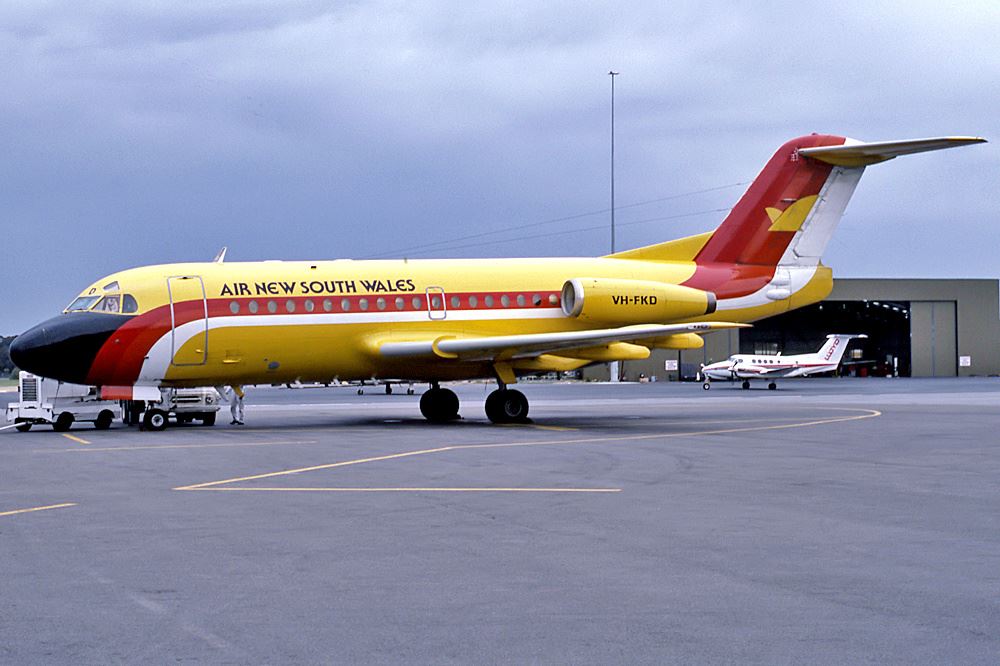


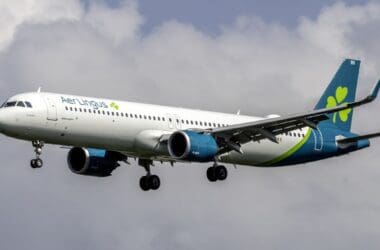
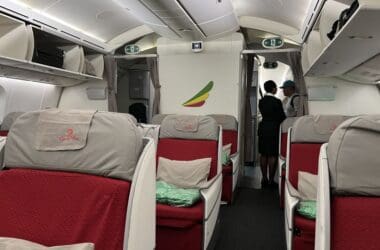
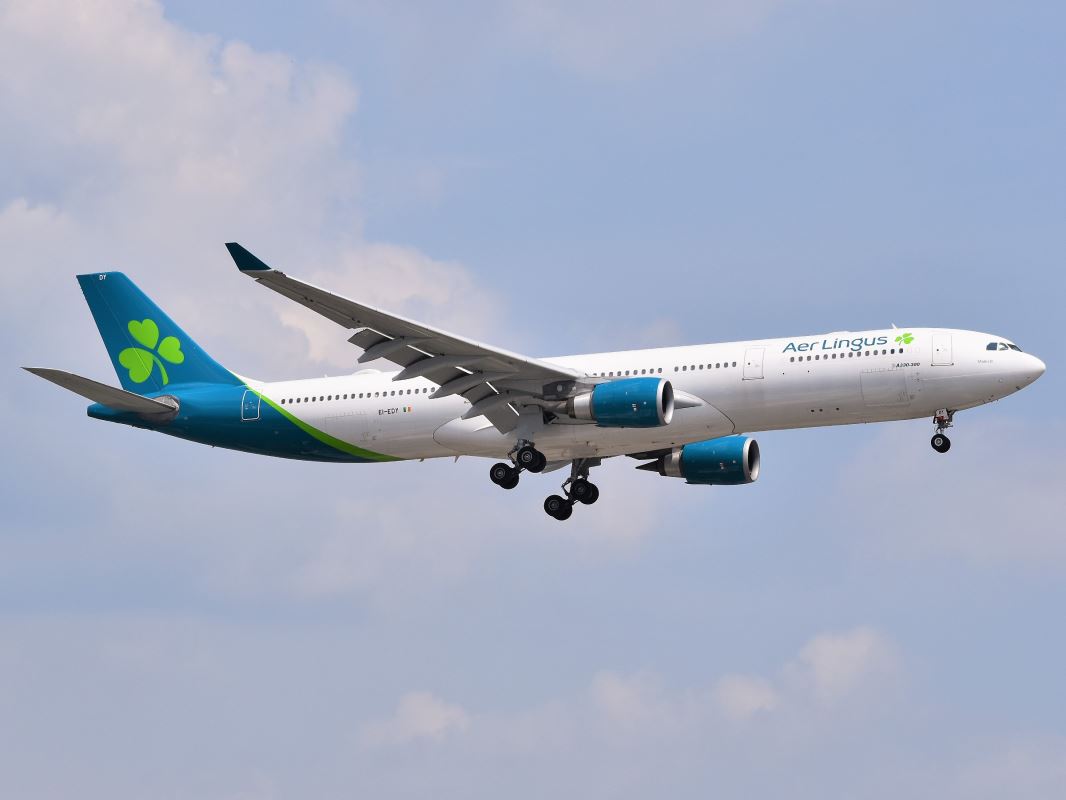
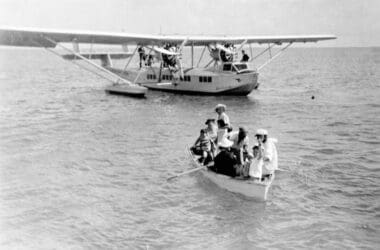
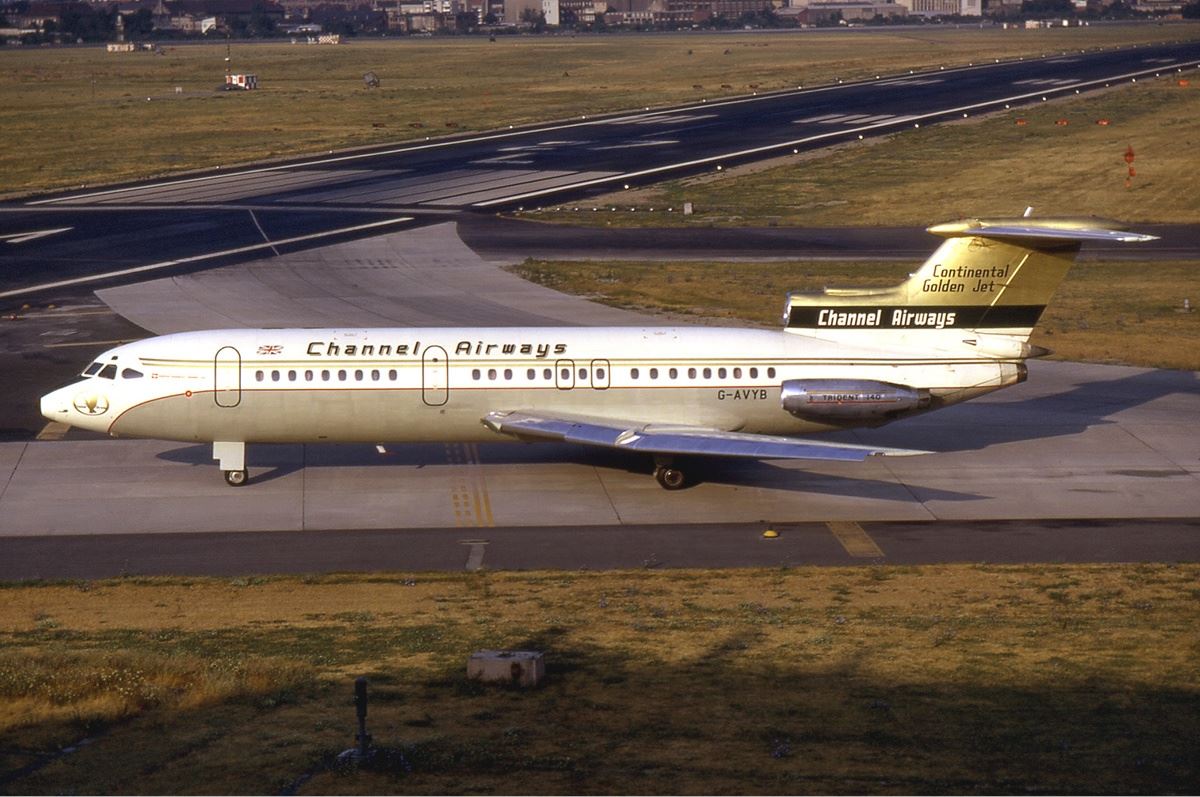

Despite a warning of low clearance when exiting the main cabin door, I banged my head rather smartly on my way out. I was walking up the jetway aside one of the USAIR flight crew but I couldn’t tell you a word he said. Just like the cartoons, I was seeing stars. That’s my memory of the F28. Otherwise it seemed to take off, fly and land just like an aircraft. Thinking back on USAir of the late 80s/early 90s after its mergers, the airline operated nearly every rear-engined, T-tailed, Western-produced airliner there was: BAC 111, DC-9, F28, MD80 and 727. The F100 might have mingled in there as well.
Yes, they inherited a lot of different T-tailed aircraft thanks to all their mergers, plus they ordered some new themselves. Even the BAe 146 was operated thanks to PSA. Quite crazy really, but that’s the game when you’re purchasing other airlines or merging. Nice to see you remember that accident! haha! Thanks for the comment!
If only USAir had gotten their hands on some used VC-10s….
Hahahahaha! Now that would have been amusing 🙂
Well remember the F28 when operated by Air Nauru in the mid 1970s, especially the clam shell reverse thrust braking system which was a necessity when landing on the very short Nauru runway. Little chance of a go around & no alternative made for some exciting white knuckle landings. Quite an an experience. Air Nauru was the national carrier after Nauru’s Independence & offered services from the hub of Nauru to Australia, North Pacific & Fiji & Tonga. Professional experienced ex patriot pilots with a friendly but amateurish cabin crew.
I remember seeing pictures of the Air Nauru Fokker F28 aircraft. I bet it was something else to be flying in and out of Nauru in one of those. Great that you managed to get on board, definitely an experience. Thanks for the comment!
Never got to fly one, bummer. And now for a semi-forgotten fun fact:
Back in the 1970’s, Ozark Airlines was in discussions with Fokker to buy a batch of F.28s to replace their FH-227B turboprop fleet. Due to Fokker’s low production rate the two parties were unable to reach an agreement that would meet Ozark’s required time frame so no order was placed. If it had we may have seen the F.28 in TWA colors after TW bought OZ. However, TWA had a short-lived codeshare/feeder arrangement with Piedmont Airlines at JFK where PI operated some flights to Upstate New York and a few Mid-Atlantic destinations. And some of those flights were indeed on PI’s ex-Garuda/Empire F.28s!
Great story there, I wasn’t aware of that. I did think the Fokker had a low production rate, considering the number of aircraft produced over the amount of time they were available. It would have been very interesting had that gone ahead. A great little aircraft, the Fokker F28 and of course the Fokker 100 afterwards. Thanks for the info, that was new to me!
My first flight on a jet, was on a SAS F.28 CPH-BVA to visit Euro Disney way back in 1992 🙂
Oh that’s excellent! Sounds like a fun trip 🙂
Although I flew AA’s F100s frequently, my only F28 flight was on Air WA’s “milk run” from Darwin to Katherine, Tenant Creek, and Alice Springs, back in 1985. Great plane for that unusual flight. Comfortable and easy on/easy off.
I found my Fokker F28 flight to be the same, comfortable and very easy to get on and off. I also flew in Australia on board. Thought it was excellent – amazing acceleration at take-off! Thanks for the comment.